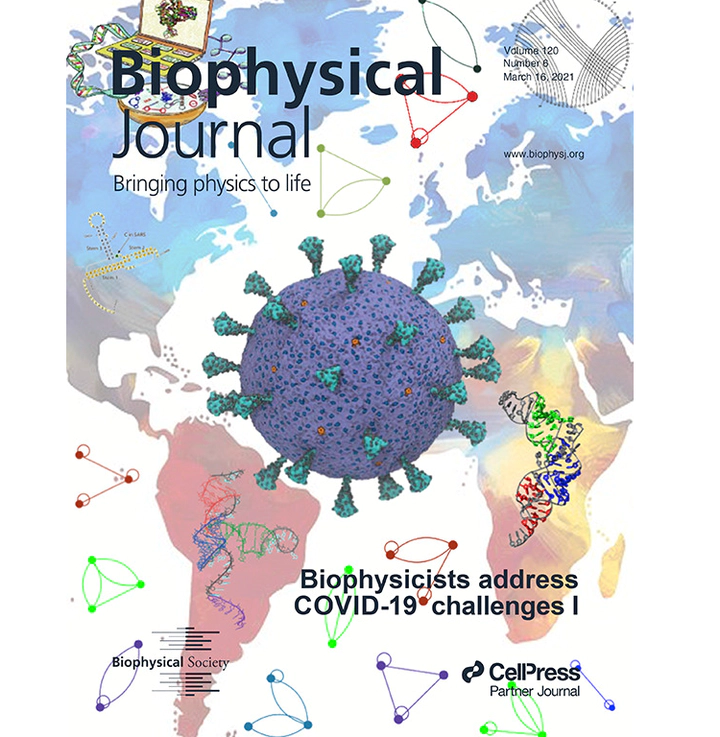 Alvin Yu
Alvin Yu
Abstract
The severe acute respiratory syndrome coronavirus 2 (SARS-CoV-2) is the causative agent of the COVID-19 pandemic. Computer simulations of complete viral particles can provide theoretical insights into large-scale viral processes including assembly, budding, egress, entry, and fusion. Detailed atomistic simulations are constrained to shorter timescales and require billion-atom simulations for these processes. Here, we report the current status and ongoing development of a largely “bottom-up” coarse-grained (CG) model of the SARS-CoV-2 virion. Data from a combination of cryo-electron microscopy (cryo-EM), x-ray crystallography, and computational predictions were used to build molecular models of structural SARS-CoV-2 proteins, which were then assembled into a complete virion model. We describe how CG molecular interactions can be derived from all-atom simulations, how viral behavior difficult to capture in atomistic simulations can be incorporated into the CG models, and how the CG models can be iteratively improved as new data become publicly available. Our initial CG model and the detailed methods presented are intended to serve as a resource for researchers working on COVID-19 who are interested in performing multiscale simulations of the SARS-CoV-2 virion.